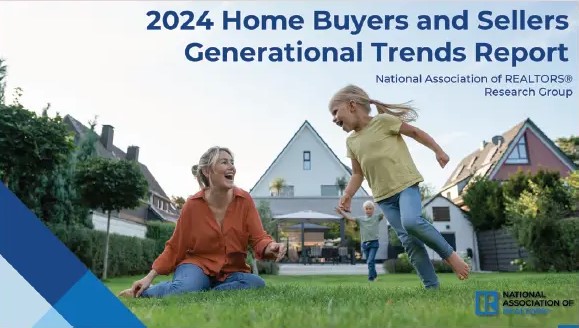MIXING PEOPLE OF ALL AGES IN THEIR LIVING ENVIRONMENT LEADS TO HEALTHIER, MORE FULFILLED, BETTER CONNECTED AND ACTIVE LIFESTYLES
Gensler, the
largest design and architecture firm in the world, has senior living practice
leaders. The San
Francisco-based firm has generated reports on intergenerational communities and
is designing a groundbreaking project that will blend senior living with a
major college campus.
The Varcity
at Purdue University in West Lafayette, Ind., will bring alums back to school
for their senior years.
The complex
of apartments, town houses, villas and flats will create 230 rental units on 14
acres.
About 60
percent of the units will provide independent-living options as well as
assisted-living and memory-care units.
Tama Duffy
Day, Gensler’s global senior living leader, said University officials hope
Varcity at Purdue will allow residents and current students to interact and
learn from each other.
The first
floor of the main building will feature shared amenities for students and
residents that will include an event design lab, lecture hall, makerspace,
lifelong learning space, an early childhood learning center and a work-share
space.
Varcity
residents will have access to classes and lectures on campus and a school ID
card that provides access to all campus facilities. Amenities will include
dining areas, a bar, gym, aerobics space, a pool and spa, pickleball courts and
an outdoor kitchen and grilling station.
“I think
that to talk about planning tools, you must take a broader view… you can’t
assume that if you install park benches and time your traffic lights to allow
additional time for pedestrians, that you can call a community age friendly,”
said Jeremy Southerland, Gensler’s southeast region senior living practice area
leader.




























%20-%20DRAFT6_hip.jpg)


%20jpg.jpg)